Transform professional training with digital learning and immersive learning
VR headsets, immersion, interactivity … digital learning is a powerful answer to the expectations of modern-day employees. But will it remain relevant?
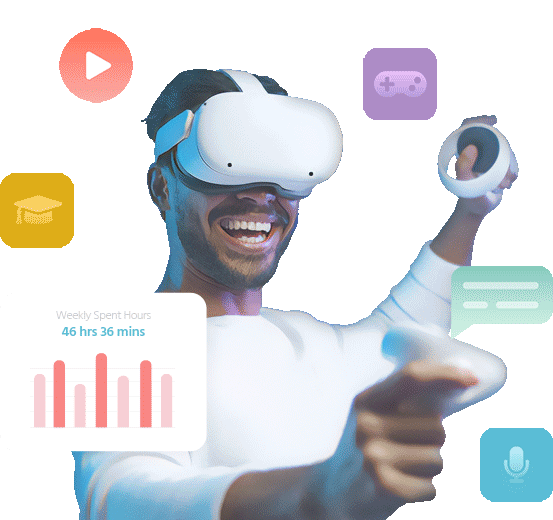
Digital learning: fad or lasting trend?
Businesses are increasingly enthusiastic about dematerialised solutions and digital learning is naturally gaining traction amongst the newest methods of professional training. It is comprised of several approaches deemed particularly effective which offer a high quality “employee experience” that facilitates onboarding. Let us find out about these new ways of learning and whether they may be a catalyst for an educational revolution or the sign of a temporary penchant for anything digital.

What is digital learning?
Digital learning aims to provide learners with digital tools that will support them throughout their training and help them to achieve their goals quickly and sustainably thanks to practical instruments. What makes this format so distinctive is the fact that it adapts to various types of expectations. Thus, digital learning may be used just as reliably for on-site or remote training, offering different – or even complementary – characteristics in either case. At the heart of this format lies interactivity.
This not only has a positive impact on employee motivation by instilling a fun dimension into a necessity that may otherwise seem boring, but it provides unique tools to facilitate progress monitoring and evaluation. Thanks to stimulating content, to a wide array of pedagogical approaches available and to recreational assessment solutions, teaching methods can be tailored to suit the exact needs of one employee in particular.
What are the different formats offered by digital learning?
It is important to draw a clear distinction between the various training alternatives that instructors and learners can have access to under the classification of « digital learning ».
MOOCs
MOOCs (or Massive Online Open Courses) – free online training courses which can support a very large number of participants at the same time – as well as COOCs (Corporate Online Open Courses) – same product, albeit for a more limited number of attendees – are among the most widely represented examples. The benefit is that the topics covered are practically limitless, The downside, however, remains that the format is not very flexile and relatively passive: videos and multiple-choice questions, possibly a forum.


Social Learning
This offshoot of digital learning, offers trendy tools that call upon the same technologies as those utilised by social media platforms, hence its name. From the learner’s perspective, it is an engaging solution because it does not require them to learn to understand and use a new training tool. The format naturally favours interactions between co-workers, which can be invaluable if team building is one of the objectives. However, the quality of the teachings remains difficult to monitor using this method, because it is more akin to knowledge sharing rather than actual training.
Video Learning
One of the more passive means of training, video learning, does have the merit of being quite scalable. Though this specificity may be profitable for a company, it is not necessarily a plus for employees who end up having to watch the modules. In some cases, a certain form of interactivity may be found by adding exercises, glossaries, or other teaching materials.

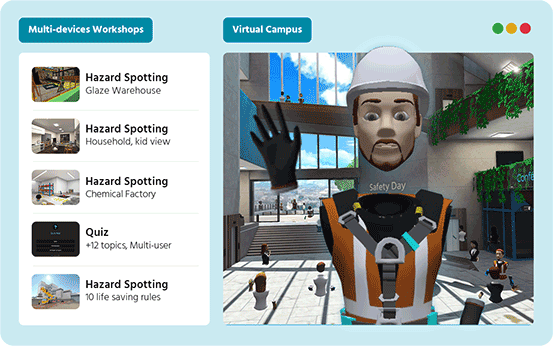
Immersive Learning
A one-of-a-kind model, immersive learning, is the most evolved form of digital learning. What sets it aside from other solutions is a uniquely and entirely active approach centred around the concept of learner experience. It leverages the principles of serious game , and virtual reality to create a digital universe within which the employee experiences the same conditions they would in a real-life environment.
Such simulations are widely used by EHS instructors, for instance, or by companies that rely on complex processes requiring hands-on experience in order to be mastered. The most significant difference is that despite reflecting reality very convincingly, the situation itself is, in fact, entirely virtual.
The benefits of this solution include, how simple it is to implement, when compared to full-scale exercises. It is also worth noting that the experience is completely risk-free for the learner who can even make grave mistakes without putting themselves or others in danger, In addition, it offers a challenging context.
Digital learning: formats that take learner expectations into account
Up until now, countless training approaches failed to account for anything other than the businesses themselves and spared little thought for the actual trainees. Digital learning obviously does not provide a flawless employee experience at the expense of the company’s needs, but its aim is to to consider their associates’ satisfaction as a means to achieve overall success.
Even with the best intentions in mind, an employee who is only attending training because they have to, sometimes going as far as to put their work on hold in order to comply, can only be so committed. Offering them a more stimulating form of training, therefore gives them a chance to gain new knowledge faster and to memorise it more permanently thanks to active pedagogy. Digital tools lend themselves to a fully customisable learning experience. This means there is no risk of wasting an employee’s precious time by having them attend a course going over notions they already master. Digital learning is a truly supportive solution and serves towards optimised learning
As for onboarding, it presents a number of difficulties to new recruits by definition. They must indeed learn to apply their own skills to the company’s way of doing things and have little time to understand its workings. Depending on what is expected of them, they will likely be required to master new skills very quickly if they wish to fulfil their duty efficiently. Thanks to a tool that adapts to their needs, employees get to practise technical gestures in an environment like the one they are going to work in and can experience this integration phase serenely.
Digital learning: a tool that meets today’s needs
The more interactive iterations of digital learning (serious gaming, virtual or augmented reality…) are also the ones that boast the most compelling results in terms of improving the participants’ focus. As the modules are designed to be fun for the learners, the latter are naturally more responsive to them. Because a pleasant learning experience results in more effective training, companies now turn to these new teaching models without hesitation.
But virtual solutions don’t stop there. Those who would decry them until quite recently due to the supposed dehumanisation of teaching methods are now revisiting their position. The health crisis having highlighted the importance of reliable and engaging options to be able to continue learning – even remotely or in isolation –, digital learning is turning out to be more pertinent than ever.
Far from encouraging their users to alienate themselves from their peers, virtual learning platforms strive to bring participants together. They can move around and interact within the same environment, communicate, collaborate, and experience instructive scenarios together, to help them memorise the notions
All this does not mean that virtual tools are irrelevant on-site, where they can become a wonderful substitute to the material, geographical and budgetary limitations companies face when organising workshops. Employees can participate in these events without having to take too much time away from their work.
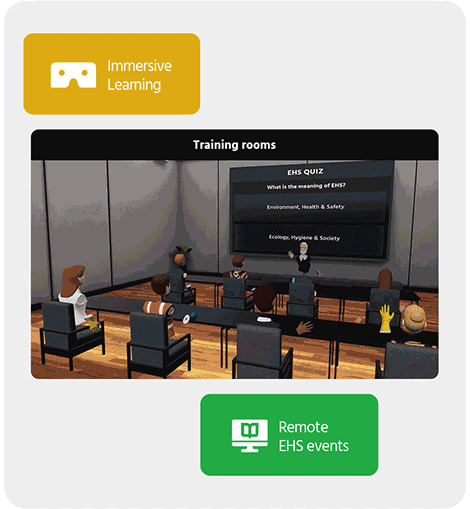
Active learning where trainees remember 90%* of what they do
Does Digital Learning Have a Future?
Though digital learning undeniably seems to correspond to current learning aspirations, will it continue to be the case in a few years? What is certain is that since the benefits of interactivity and playful formats truly measure up in terms of efficacy, backtracking sounds improbable.
Digital learning also happens to help with the implementation of « adaptive learning », where training is adjusted to fit the individual needs of each learner. Through immersive learning, in particular, assessments can be carried out at the same time as the employee progresses. There is no wasted time, and the next module will be perfectly suited to their level of skill.
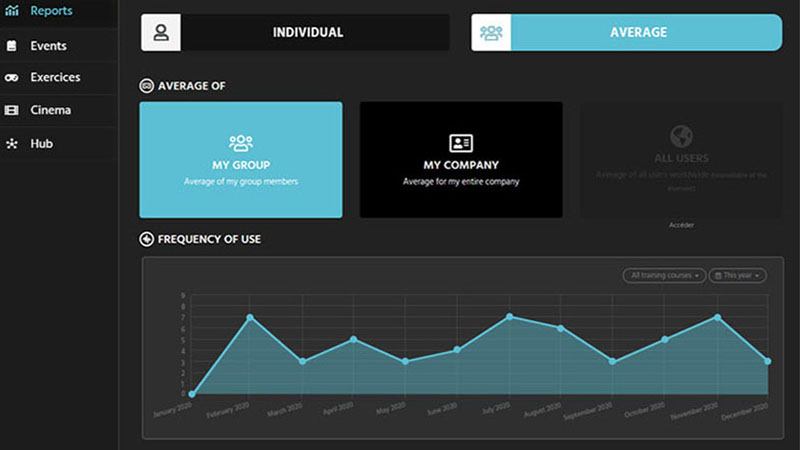
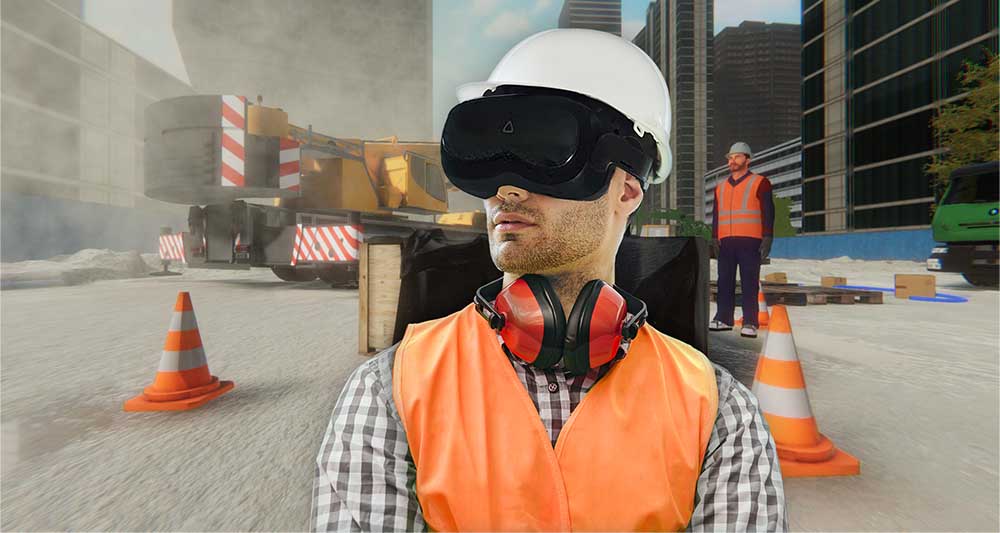
As engaging as it is empowering, this variant of digital learning, puts the employee in charge of their own learning. The digital era contributes to an ever more pronounced propensity to seek out information for oneself. Participative, dynamic and accessible, digital content is the ideal answer to this quest for independence.
Yet, the importance of the social interactions is emphasised more and more now occupying a central place in professional exchanges. Here again, digital tools offer a degree of collaboration never seen before with more traditional forms of training.

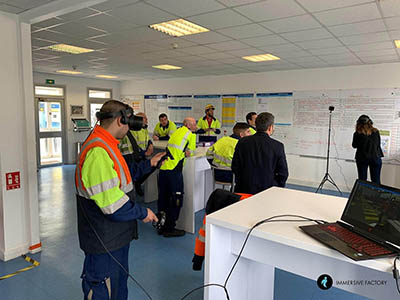
Far from creating a need that learners didn’t even know they had in the shape of a fun, trendy tool, digital learning, is instead the culmination of a transformative journey. It derives from a deep societal shift rather than from a will to innovate “at all cost”. For this reason, the characteristics that define it are bound to change over time, not to meet the arbitrary requirements of a possible trend, but to sustain its relevance.
Today, the cloud, virtual reality, augmented reality, IoT and more make digital learningg suitable for our current imperatives. Tomorrow, artificial intelligence and many more technological advances will shape what the teaching methods that fall under this description will look like. Attuned to the needs of the employees, these solutions are here to stay precisely because they are made to evolve.
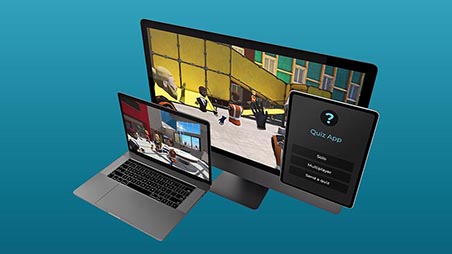
Choose Immersive factory for our digital learning courses
Are you looking for a new and innovative way to offer safety training to your employees?
Immersive Factory offers digital learning training unlike any other. Our format is interactive and adapts to your needs, making it the ideal choice for on-site and remote learning using VR.
Digital learning is the future of education and training. It’s an interactive, fun and engaging learning method that allows employees to remember an average of 90% of the training. Thanks to digital learning, employees can be empowered to become actors in their own training and development. It’s a much more adaptable method to the individual needs of each learner, making it a more effective solution overall.